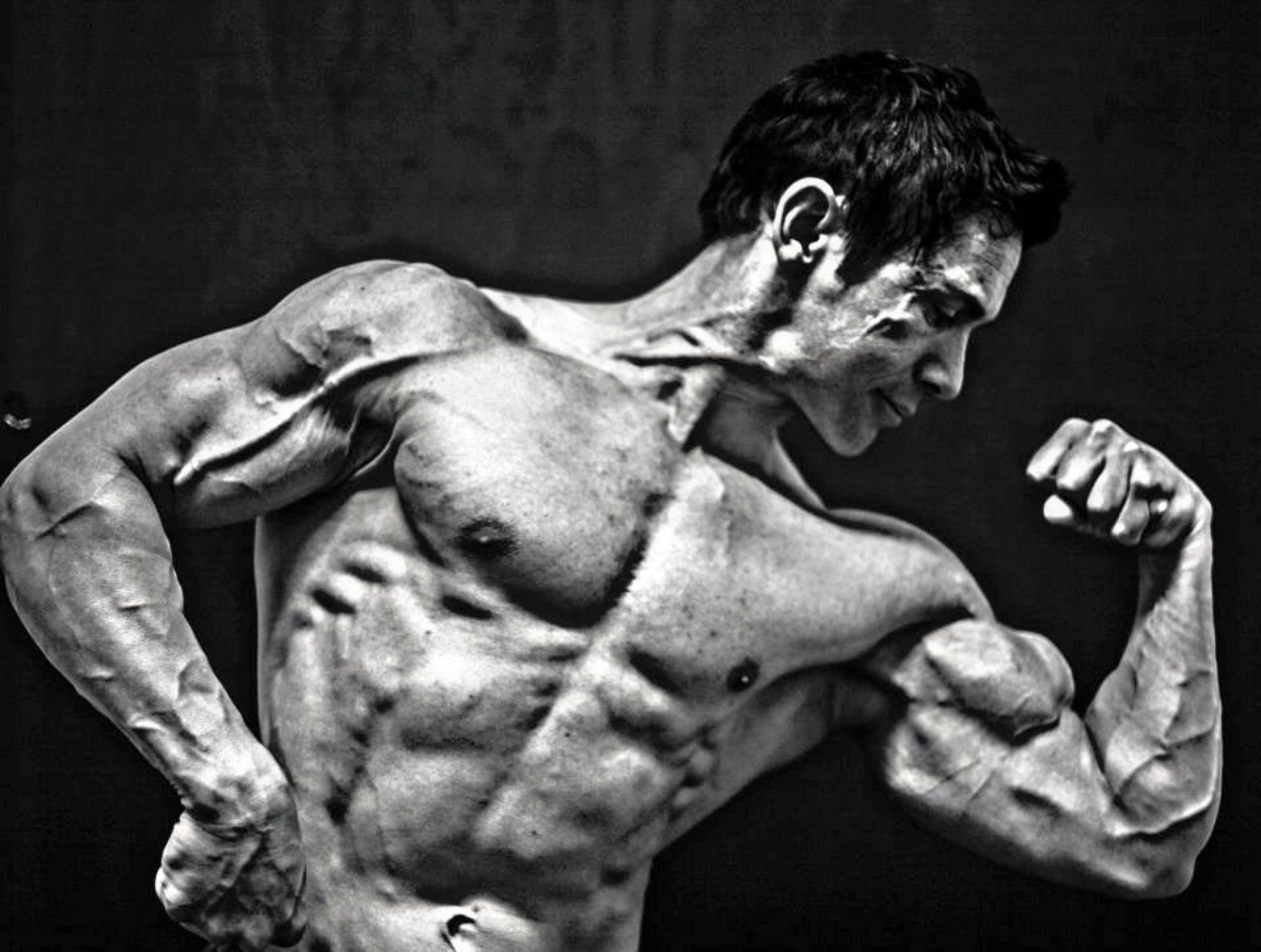Glutamine is a great cost effective supplement that has been around for a long time. I have used glutamine for the last 8 years and personally rate it up there with creatine, whey protein and nitric oxide supplements.
So what is glutamine?
Glutamine is the most plentiful free amino acid in the muscles. It is used in a large number of processes within the body for healthy functioning. More importantly for us keen bodybuilders and athletes it helps to maintain and build muscle!
Why supplement with glutamine?
Glutamine is in food such as, raw parsley, raw spinach, soybeans, beans, poultry, fish and dairy products. However some experts suggest that during the process of cooking these foods, glutamine can easily be destroyed. This means that for hard training athletes getting enough glutamine may be difficult to achieve through food alone.
There is also valid research in regards to the effectiveness of glutamine. Doctors have used glutamine as an effective tool to prevent muscle wastage during prolonged bed rest and stressful surgeries. When we put the body under stress during workouts a high level of glutamine is used. Having a plentiful supply of free glutamine (through supplementation) will not only make sure you maintain muscle mass; it will place the body in a far better position to grow. For athletes serious about maintaining and building muscle mass during contest dieting, glutamine supplementation is a good way to insure all your hard work does not go to waste.
What are the benefits of supplementing with glutamine?
Here is a list of benefits of glutamine supplementation:
- Helps with optimal functioning of the brain.
- Maintains the balance of amino acids in the body during times of severe stress.
- Helps the immune system to fight against colds and infections.
- Helps maintain a healthy digestive tract.
- Improves mood and memory.
- Can decrease sugar cravings during dieting.
- Can reduce the desire for alcohol and has been used in the treatment of recovering alcoholics.
- Can help in the treatment of physical and mental health problems.
- Can encourage the body to burn fat while sparing muscle.
- Can increase growth hormone levels.
- Can have a “volumizing” effect on muscles like creatine.
- Glycogen and glutamine levels in the body are replenished faster after exercise.
- Increases muscle, strength, stamina, and recovery.
- Can lessen the chance of over training.
How to supplement with glutamine?
The general consensus on supplementation with glutamine is 2 daily doses of 5 grams taken straight after training and just before bed. After training the levels of glutamine can drop by as much as 30-50% so it is an extremely important time for supplementation. Taking glutamine before bed is useful too as it will slow or prevent any muscle break down during sleep and increase the production of growth hormone naturally.
I personally have 5 grams before training, 5-10 grams after training and 5 grams at night before bed in the off season. As contests get closer I will increase the size of the dose pre-workout and post-workout to 10-20 grams based on my energy, stress and body fat levels. When I use 20 grams of glutamine before training it never fails to get me motivated and in the zone.
Are there any side effects?
The only side effects I have had from glutamine are positive ones! However the literature does say that in some rare cases people may suffer from bloating, constipation and have trouble sleeping from night time supplementation. As always if you have any concerns you should talk to a health care professional before you begin supplementation.
Glutamine has so many benefits it would be crazy not to consider it as part of your supplementation plan for maintaining and building muscle. But don’t take my word for it- go and try it for yourself and see how great this supplement really is!

